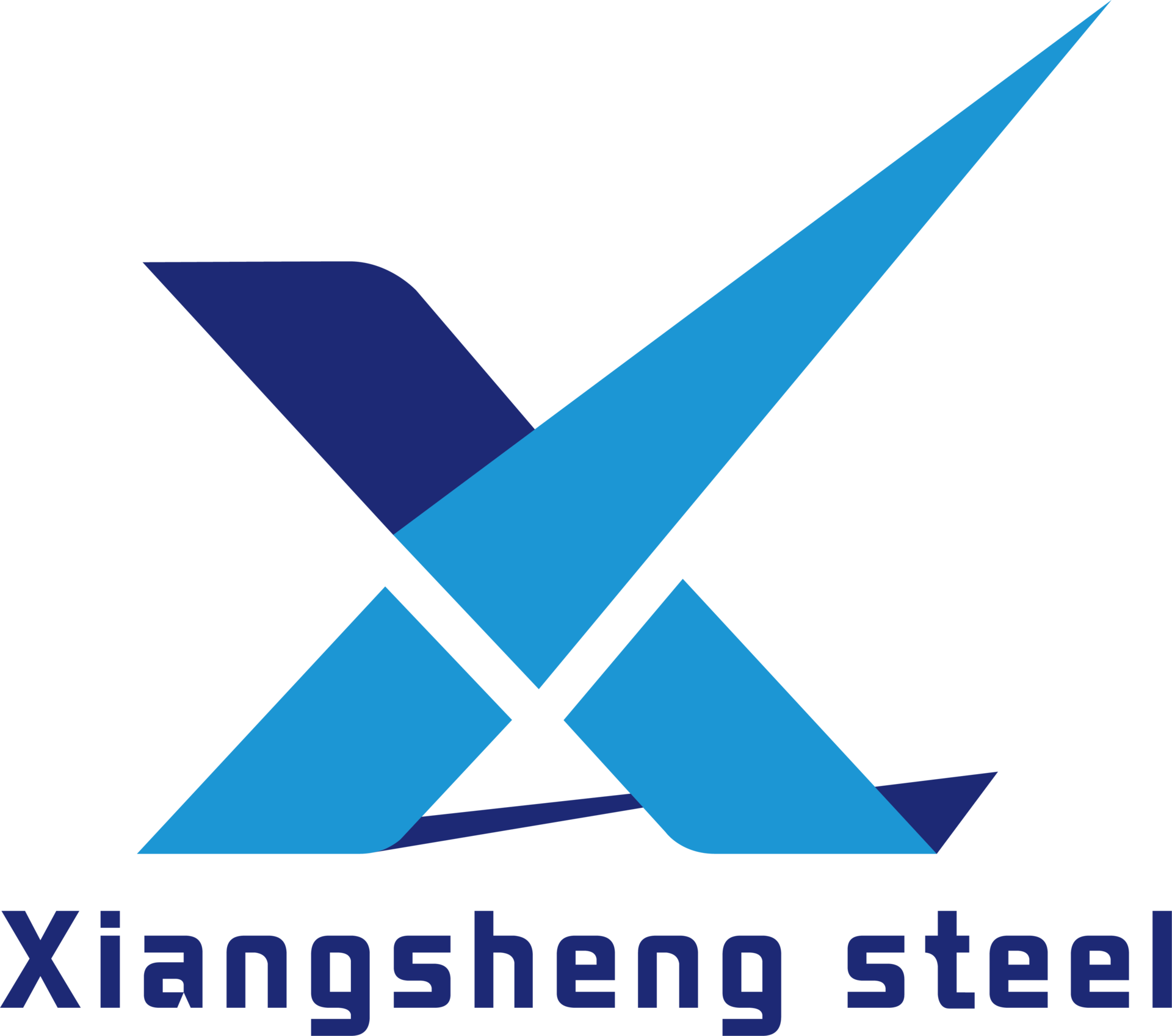When stainless steel leaves the factory, most of them are coils, and they are all standard widths, such as 1219mm1500mm. Some customers request to process stainless steel coils of standard width into stainless steel strip coils of required width in order to process stainless steel products.
The stainless steel coil is processed into a stainless steel coil of the required width through a series of processes such as uncoiling, slitting, leveling, and winding. In addition, slitting is very important to the pipe making process.
Welding is an important process of stainless steel processing, and stainless steel mainly adopts argon arc welding and plasma welding. Argon arc welding shielding gas is pure argon, mainly welding stainless steel below 3mm; plasma welding has strong penetrating power, mainly welding stainless steel 5-8mm.
Cutting technology is often used in the processing of stainless steel, and there are many types of cutting technology, which are divided into laser cutting, water cutting, plasma cutting, wire cutting and so on.
The various colors, patterns, patterns, and shapes of stainless steel we see are all processed by surface treatment processes such as drawing, mirroring, etching, anti-fingerprint, sandblasting, titanium plating, and embossing. Different surface treatment processes can make the unified stainless steel present different visual effects and feel.
Calendering is to make a thick stainless steel hot-rolled plate into a thin cold-rolled plate after a series of processing processes such as pressure and stretching. In the industry, the finished product after rolling is called "stainless steel rolled plate".
Annealing is a heat treatment process in which stainless steel is heated to a predetermined temperature, held for a certain period of time and then cooled slowly, in order to reduce the hardness of stainless steel, improve plasticity, refine grains, eliminate structural defects and internal stress, and prepare for quenching.
Please give us a message
